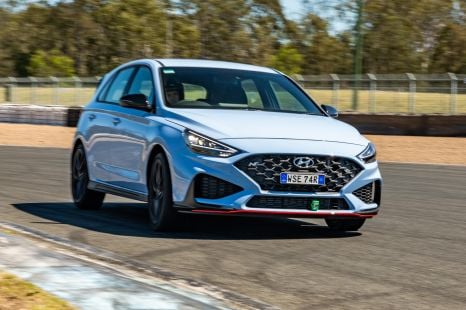
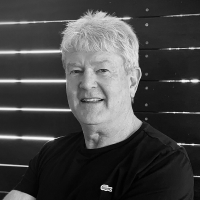
Anthony Crawford
No second-gen Hyundai i30 N petrol coming, as brand goes EV
3 Years Ago
The Hyundai i30 small car range is one of Australia's top-selling vehicles. There are a myriad of variant and shape options, from hatchback to sedan, and base petrols through to the track-honed i30 N family.
There's something for everyone, even with no wagon available these days.
Quickly see how this car stacks up against its competition. Select any benchmark to see more details.
Where expert car reviews meet expert car buying – CarExpert gives you trusted advice, personalised service and real savings on your next new car.
| Configuration | Price From* |
|---|---|
| 2.0L, 6-speed auto, 5-door Hatchback, Petrol, FWD | $24,990 |
| 2.0L, 6-speed auto, 5-door Hatchback, Petrol, FWD | $25,290 |
| 2.0L, 6-speed manual, 5-door Hatchback, Petrol, FWD | $49,000 |
| 2.0L, 8-speed auto, 5-door Hatchback, Petrol, FWD | $52,000 |
| Configuration | Price From* |
|---|---|
| 1.6L, 7-speed auto, 4-door Sedan, Petrol, FWD | $30,190 |
| 1.6L, 7-speed auto, 4-door Sedan, Petrol, FWD | $29,690 |
| Configuration | Price From* |
|---|---|
| 2.0L, 6-speed auto, 5-door Hatchback, Petrol, FWD | $30,220 |
| 2.0L, 6-speed auto, 5-door Hatchback, Petrol, FWD | $30,520 |
| 2.0L, 6-speed auto, 4-door Sedan, Petrol, FWD | $31,690 |
| 2.0L, 6-speed auto, 4-door Sedan, Petrol, FWD | $31,190 |
| Configuration | Price From* |
|---|---|
| 2.0L, 6-speed manual, 5-door Hatchback, Petrol, FWD | $50,500 |
| 2.0L, 8-speed auto, 5-door Hatchback, Petrol, FWD | $53,500 |
Where expert car reviews meet expert car buying – CarExpert gives you trusted advice, personalised service and real savings on your next new car.
See our comprehensive details for the Hyundai i30
The dimensions shown above are for the base model.
See all 2022 Hyundai i30 DimensionsIn terms of boot space, the hatch offers 395L versus 474L for the sedan, although the former has a more user-friendly aperture.
Where expert car reviews meet expert car buying – CarExpert gives you trusted advice, personalised service and real savings on your next new car.
CarExpert High Resolution Photos of the Hyundai i30
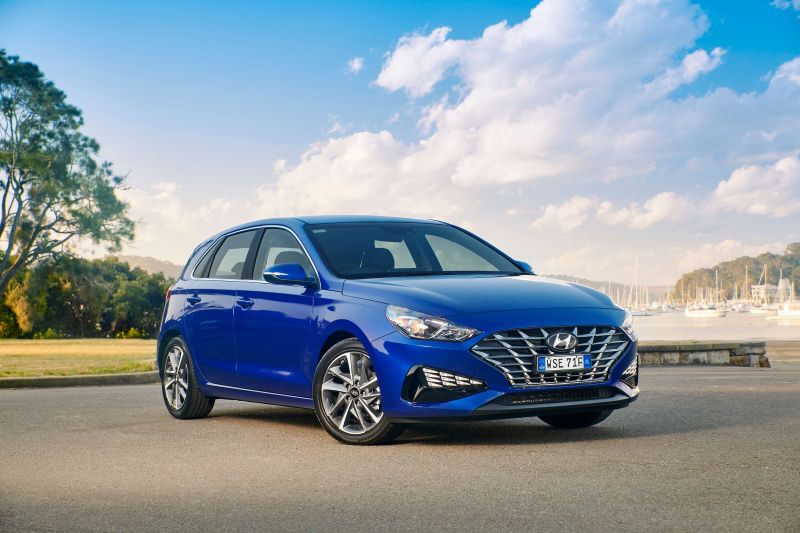
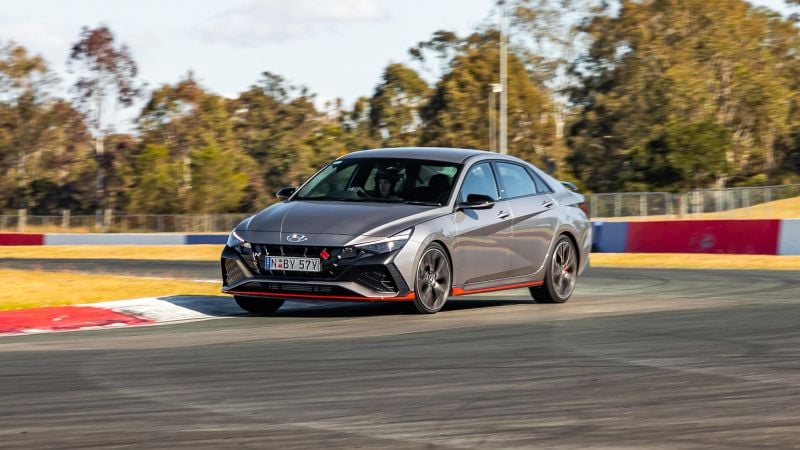
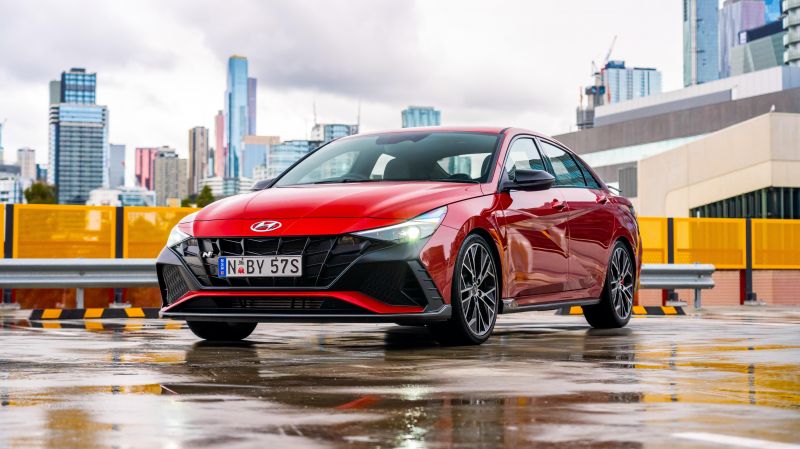
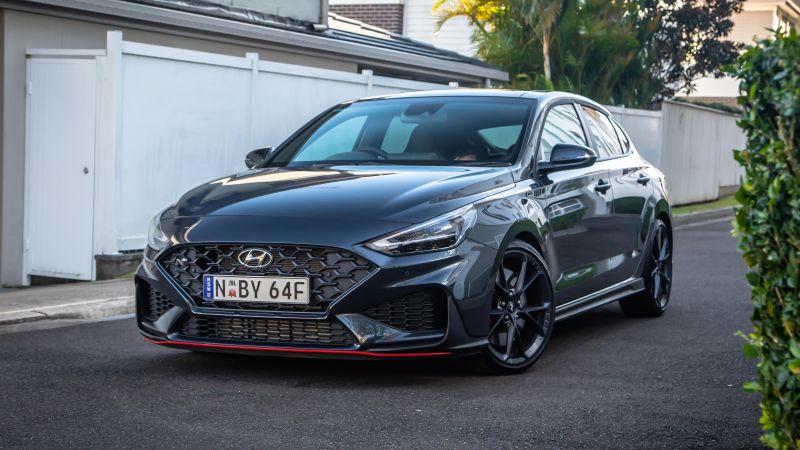
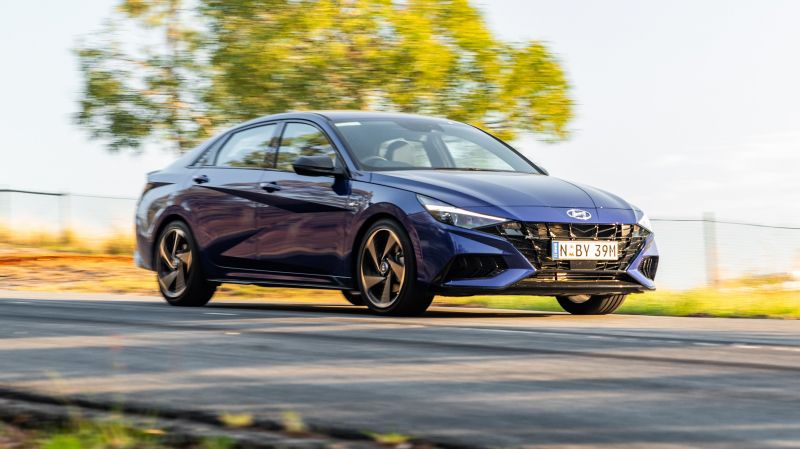
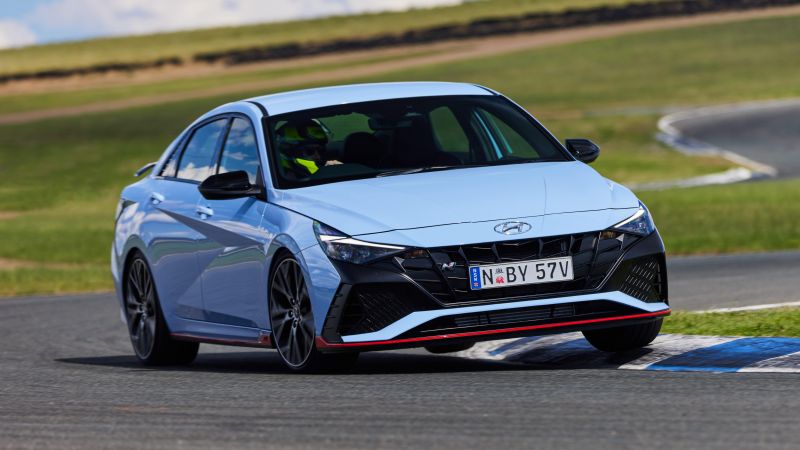
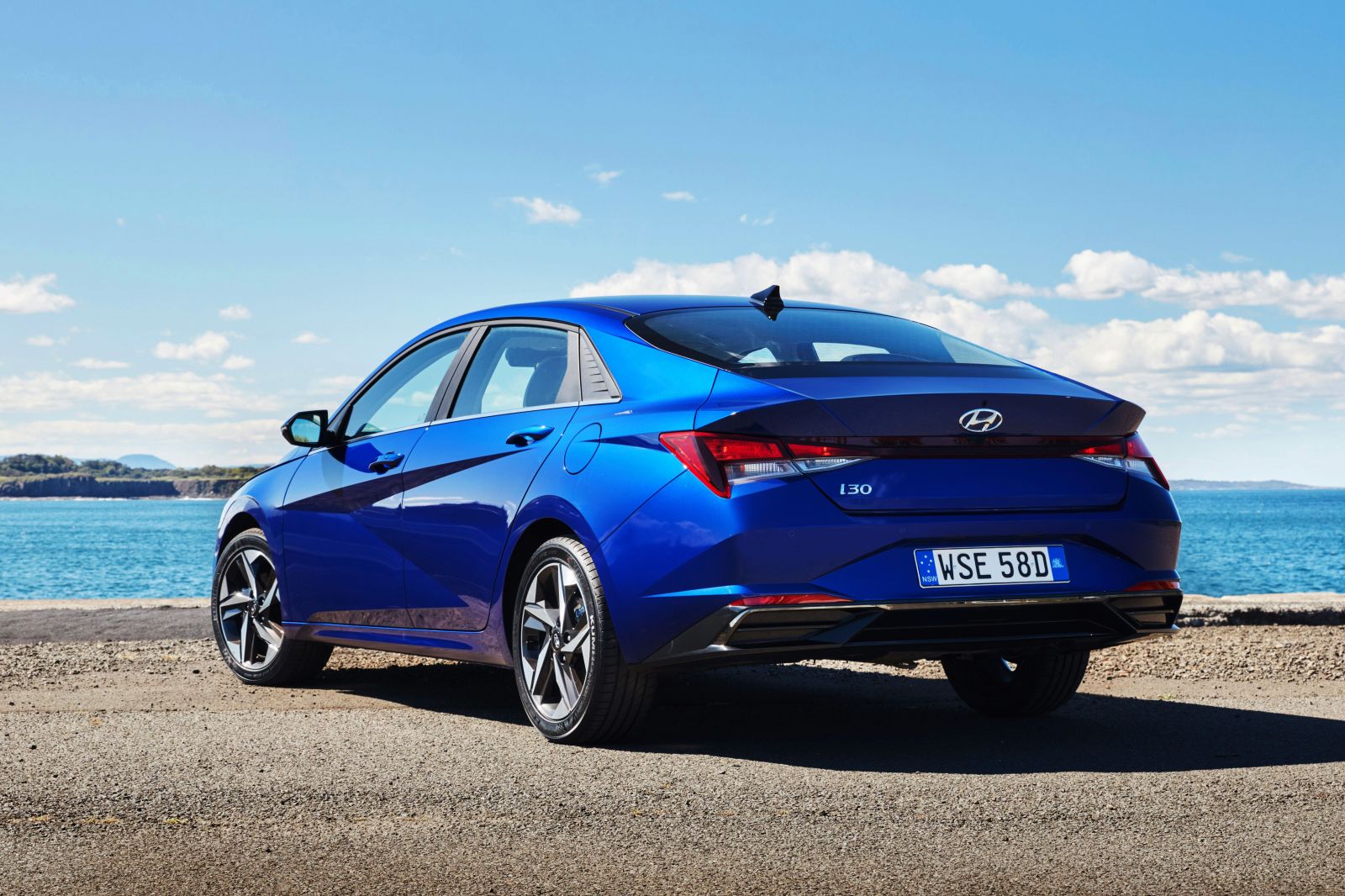
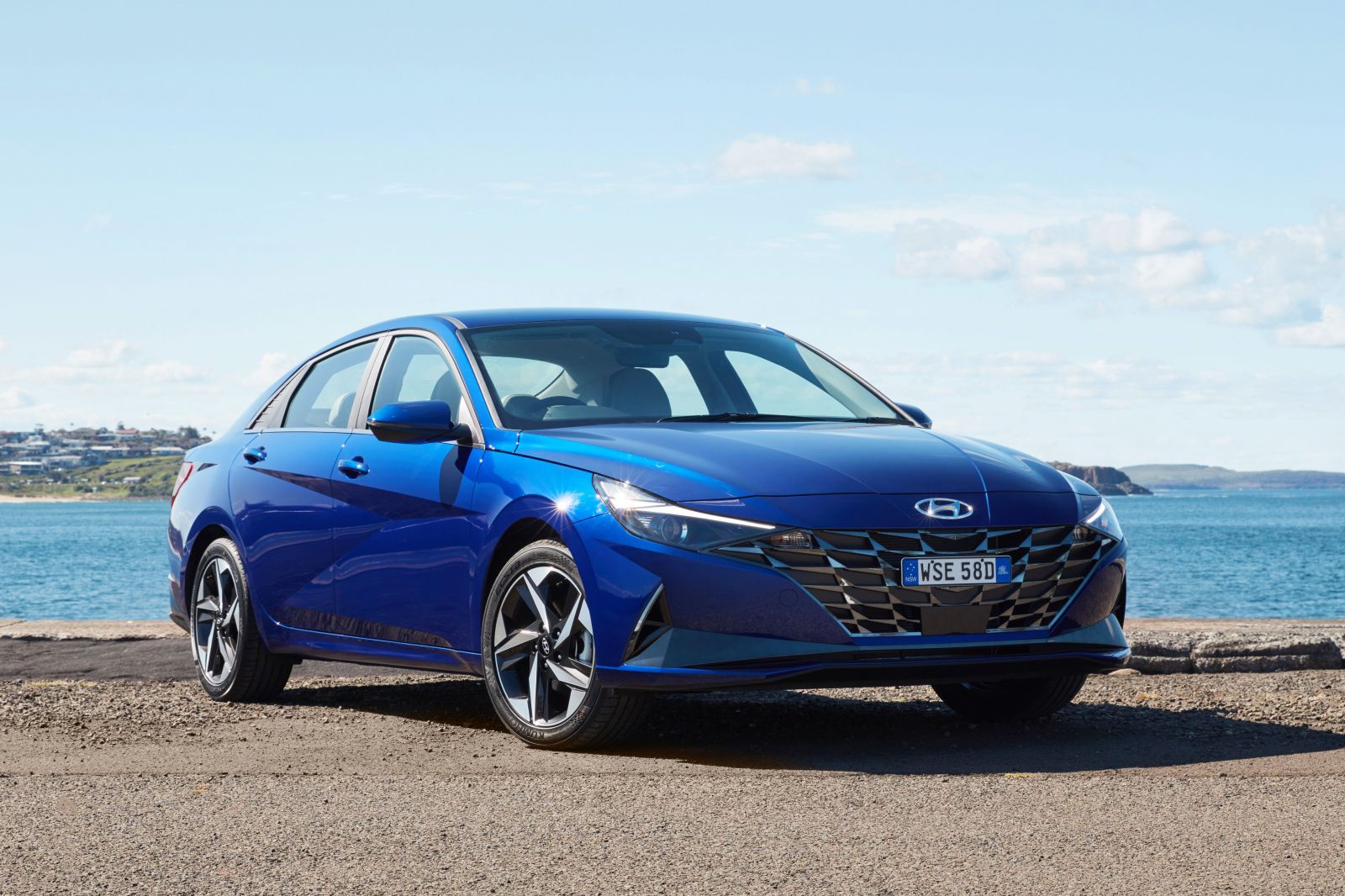
View 49 images
Where the hatch looks like a pretty conventional five-door, albeit with a new-design grille and light combination, the sedan is all edges and angles and coupe-like profile. They're very, very different.
There are actually some pretty big design differences between hatch and sedan, outside of course – but also inside. These two cars are sold under different nameplates (i30 and Elantra) in various markets, and it shows.
The sedan for example has a larger 10.25-inch digital instrument cluster on high-grade models, next to the hatchback's 7.0-inch display. It also has a more driver-oriented fascia, different door and dash shaping, and even a different grade-specific steering wheel. It's a much more cutting-edge design overall.
Both models offer a decent amount of storage and good build quality, although there's still evidence of cost-saving materials here and there. Both body types offer plenty of adjustability, although the sedan is a little tight on headroom – even though it lacks the hatchback's available panoramic roof.
The 8.0-inch infotainment screen is a decent size, boasts reversing camera footage of a decent resolution, and is flanked by physical shortcut buttons for various functions. There’s also a star button by the screen that you can program as a shortcut – I programmed it to take me to the home screen, as there’s unusually no physical home button.
In terms of storage, there’s a shelf at the base of the centre stack containing the wireless charging pad, while along the centre console there are two cupholders plus a fairly deep bin. The bottle holders in the doors fit 600ml bottles.
For someone 180cm tall, there’s ample legroom behind a front-seat occupant the same size. In fact, there’s a genuinely impressive amount of legroom back here, while the floor is mostly flat.
Rear-seat occupants get air vents, a fold-down centre armrest with cupholders, and bottle holders in the doors large enough for a 600ml bottle, but there are no USB outlets back here.
If you have small children, you can use one of the three top-tether anchor points for a child seat. There are also ISOFIX points for both outboard seats.
When the Hyundai i30 hatchback was tested by ANCAP in 2017, it received a rating of five stars.
That rating was based on a frontal offset score of 14.01 out of 16 and a side impact score of 16 out of 16. Whiplash and pedestrian protection were rated Good and Acceptable, respectively.
The i30, Active and N Line grades have:
The Elite alone adds:
The sedan hasn't been crashed tested by ANCAP, but features the following:
The Active grade has
The Elite and N Lines add
The 2.0-litre naturally aspirated hatch uses a claimed 7.3-7.4L/100km on the combined cycle, versus 7.1-7.5L/100km for the 1.6T N Lines – all are rated to use cheaper 91 RON unleaded.
The 2.0-litre naturally aspirated sedan uses a claimed 7.0L/100km on the combined cycle, versus 6.8-7.5L/100km for the N Lines.
The 2.0-litre turbo N hatch uses 8.5L/100km on 95 RON, versus 8.2L/100km for the sedan.
| Hyundai i30 | Fuel Type | Combined |
|---|---|---|
| 2.0L, 6-speed manual, 5-door Hatchback, Petrol, FWD | Unleaded | 7.3 L/100km |
| 2.0L, 6-speed auto, 5-door Hatchback, Petrol, FWD | Unleaded | 7.4 L/100km |
| 2.0L, 6-speed manual, 5-door Hatchback, Petrol, FWD | Premium Unleaded | 8.5 L/100km |
| 2.0L, 8-speed auto, 5-door Hatchback, Petrol, FWD | Premium Unleaded | 8.5 L/100km |
What are the running and servicing costs of a Hyundai i30?
Service costs vary depending on engine, with your best bet being to pre-pay for five years of servicing.
Base, Active and Elite hatchbacks and sedans with the base 2.0-litre engine have service intervals of 12 months or 15,000km, and come with a five-year service plan costing $1495.
N Line and N Line Premium hatchbacks and sedans with the turbocharged 1.6-litre engine and intervals of 12 months or 10,000km come with a five-year service plan costing $1495, but note the shorter distance intervals.
N and N Premium hatchbacks and sedans with the turbocharged 2.0-litre engine and intervals of 12 months or 10,000km come with a five-year service plan costing $1675.
Our expert take on Hyundai i30 drivability.
Base models with the 120kW/203Nm (hatch) or 117kW/191Nm (sedan) 2.0-litre engine and six-speed transmissions are inoffensive motoring, with decent locally-sorted ride and handling balance – with one caveat being mediocre noise suppression.
The N-Line models have a multi-link rear suspension, 150kW and 265Nm turbo engines, and the option of a seven-speed dual-clutch auto with paddles, making them quite consummate warmed-up hatchbacks.
But the superstar models are the proper N cars, with their Nurburgring-honed tuning, adaptive dampers, multi-mode exhausts, massive brakes, LSDs, stiffening braces, variable steering and throttle modes, circuit maps, and track-ready driving modes that relax electronic driver aids.
These are the real-deal. And that's before mentioning the 206kW and 392Nm (more on over boost) turbo engine, and availability of either six-speed manual or new eight-speed DCT.
What colours are available for the Hyundai i30
Regular i30s:
i30 N models:
Hyundais come with a five-year, unlimited-kilometre warranty.
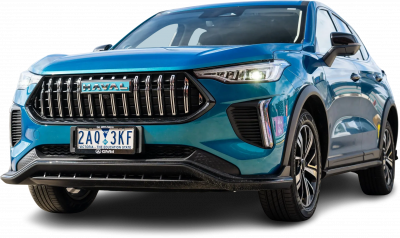
Haval Jolion
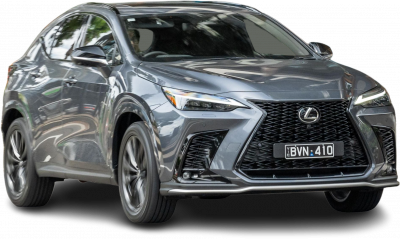
NX
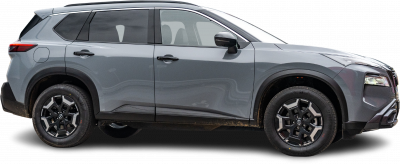
X-Trail
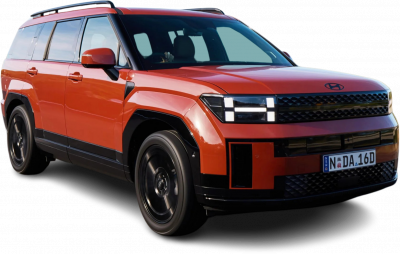
Santa Fe
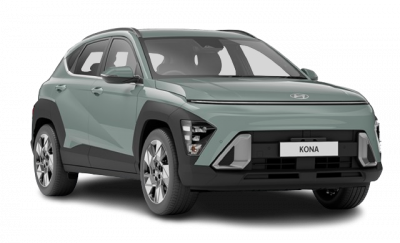
Kona
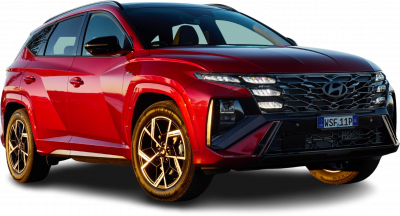
Tucson
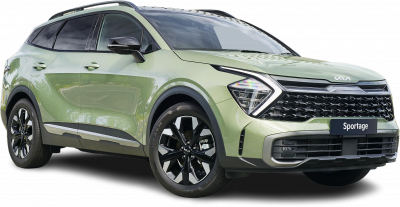
Sportage
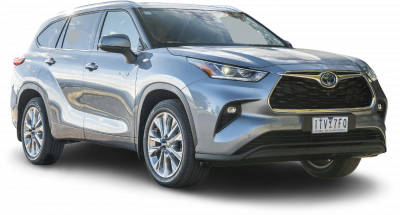
Kluger
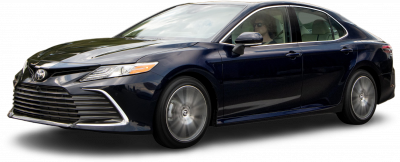
Camry
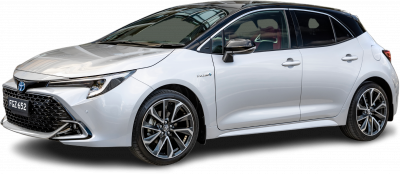
Corolla
Can’t see the car you’re considering?
Is this the right car for you? Out experts buy or not guide.
From a cheap rental base to a track-honed dynamo, the range has you pretty covered. The only real missing areas are the lack of a hybrid to match the Corolla, and lack of a wagon.
Where expert car reviews meet expert car buying – CarExpert gives you trusted advice, personalised service and real savings on your next new car.
The cheapest Hyundai i30 is the Base that starts from $23,420.
The most expensive Hyundai i30 is the Premium with Sunroof that starts from $53,700.
The best towing capacity of a Hyundai i30 is 1600 kg offered by the following variants: Base, Premium, Limited Edition, Premium with Sunroof and Limited Edition Sunroof.
The largest Hyundai i30 is the N Line which measures 1825mm wide, 4675mm in length and sits 1430mm tall.
The most powerful Hyundai i30 is the Premium which has 206kW of power from its 2.0L TURBO PETROL DIRECT INJECTION engine.
The {modelTitle} is manufactured in different countries, depending on the variant, then shipped to Australia. The Hyundai i30 may be manufactured in .
The heaviest Hyundai i30 is the Limited Edition which weighs 2010 kg (kerb weight).
The Hyundai i30 may use different fuel/energy types based on the variant which includes premium unleaded or unleaded.